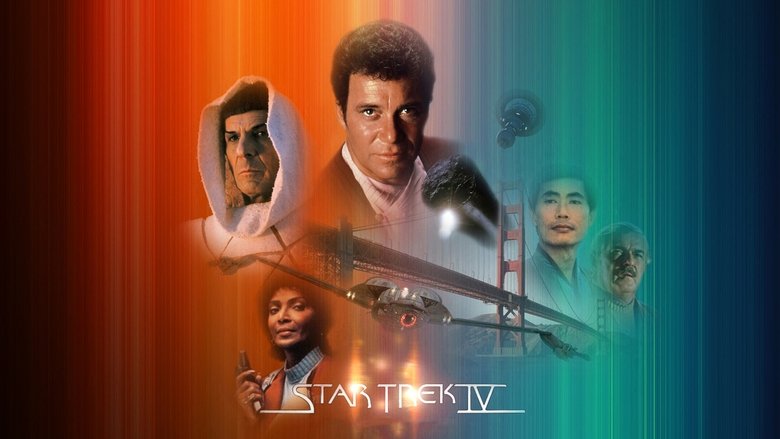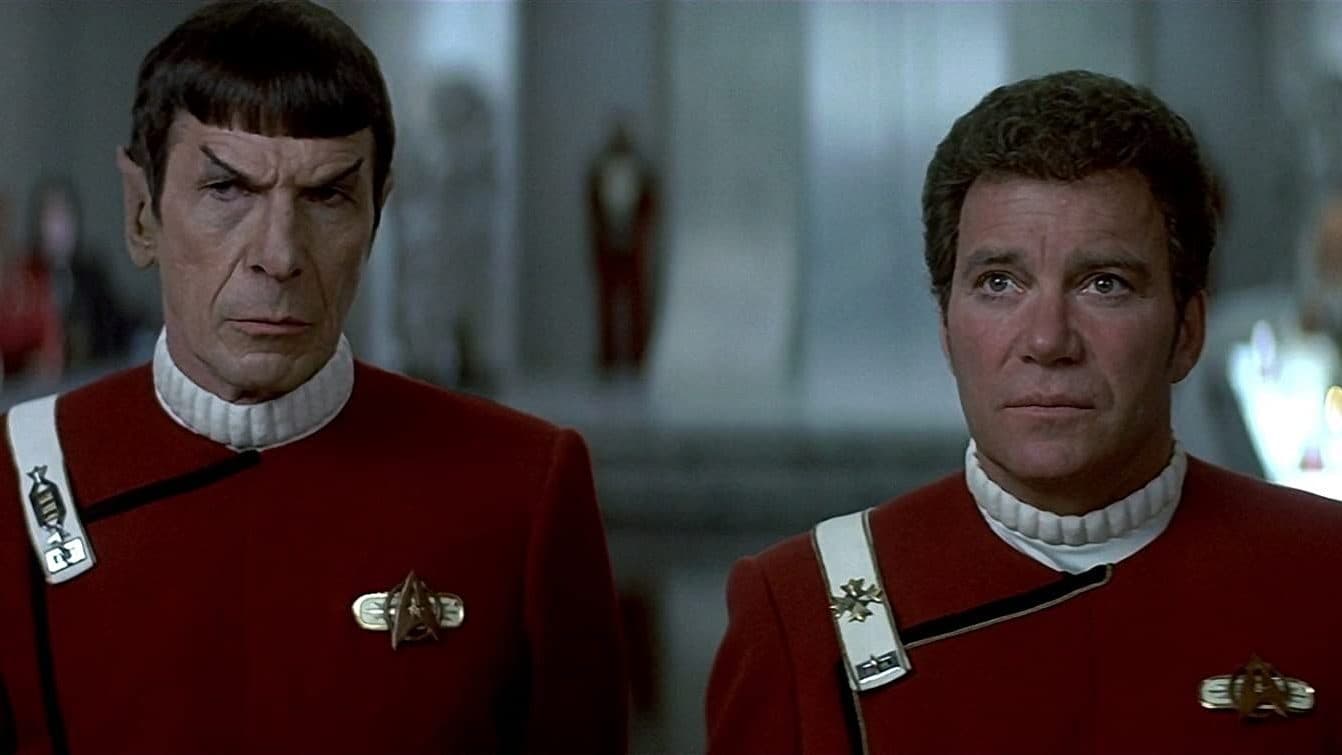The most important sounds were those of the whales and the probe. Mangini's brother lived near biologist Roger Payne, who had recordings of whale song. Mangini went through the tapes and chose sounds that could be mixed to suggest conversation and language. The probe's screeching calls were the whale song in distorted form. The humpback's communication with the probe at the climax of the film contained no dramatic music, meaning that Mangini's sounds had to stand alone. He recalled that he had difficulty with envisioning how the scene would unfold, leading Bennett to perform a puppet show to explain.
L've come back in time to bring two humpback whales with me in an attempt to repopulate the species. A "bare bones" DVD of the film was released on November 9, 1999. Aside from the film, the contents include the original theatrical trailer and the introduction from the "Director's Series" VHS release. Three-and-a-half years later, a two-disc "Collector's Edition" was released with supplemental material and the same video transfer as the original DVD release. Among other special features, it contains a text commentary by Michael Okuda and an audio commentary from director Leonard Nimoy and star William Shatner.
Movie Trailers
This is not my favorite of the series, but it is in my top 3. The cast, after acting together for more than two decades is just plain good together. Spock is almost back to his former self, and all seems right in the world. Like many things Trek, this does have a lot to do with what was happening in the time that this movie was filmed. This one tackles the human capacity to destroy other species. As Spock so eloquently states, "To hunt a species to extinction is not logical".

He'll sing anywhere from 6 to as long as 30 minutes, and then start again. Ln the ocean, the other whales will pick up his song, and pass it on. Since the dawn of time, men have harvested whales for a variety of purposes, most of which can be achieved synthetically at this point. Lt is possible that an alien intelligence sent the probe to determine why they lost contact.
Follow Moviefone
Judging by the pollution content of the atmosphere, l believe we have arrived at the latter half of the 20th century. Uhura, can you modify the probe signals, accounting for density and temperature and salinity factors? The transmissions of an orbiting probe are causing critical damage to this planet. Perhaps you should transmit a planetary distress signal, while we still have time. Perhaps we could cover a little philosophical ground, life, death, life, things of that nature.

One scene takes place by a large glass through which observers view the whales—and Spock's initiation of a mind meld—underwater. Footage of the actors shot in front of them as they reacted to a brick wall in the Aquarium was combined with shots taken from their rear as they stood in front of a large blue screen at ILM to produce this scene. The footage of Spock's melding with the whales was shot weeks later in a large water tank used to train astronauts for weightlessness.
Director
A more negative review was offered by Liam Lacey of The Globe and Mail, who wrote that under Nimoy's "choppy" direction there was a lack of comic timing paired with feeble humor. It's the 23rd century and a mysterious power is threatening Earth by evaporating the oceans and destroying the atmosphere. To save mankind, Capt. Kirk and the rest of the Starship Enterprise crew travel back in time to 1986 San Francisco. The Voyage Home was released on November 26, 1986, in North America by Paramount Pictures, and became the top-grossing film at the weekend box office.

This prologue has not been included on any North American DVD release of the film. My wife and myself are Star Trek fans, so we really enjoy it, over and over. Will usually ship within 1 business day of receiving cleared payment. Goodwill also provides barrier-free apartment complexes in which people with disabilities can live independently. Admiral, l have a signal closing in on the whales, bearing 328 degrees. Lf you change your mind, this is where l'll be.
STAR TREK IV: THE VOYAGE HOME
As with previous Star Trek films, existing props and footage were reused where possible to save money, though The Voyage Home required less of this than previous films. The Earth Spacedock interiors and control booth sets were reused from The Search for Spock, although the computer monitors in these scenes featured new graphics—the old reels had deteriorated in storage. Stock footage of the destruction of the Enterprise and the Bird-of-Prey's movement through space were reused. While the Bird-of-Prey bridge was a completely new design, other parts of the craft's interior were also redresses; the computer room was a modification of the reactor room where Spock died in The Wrath of Khan.
Spock, Kirk and the Enterprise crew come to San Francisco to save humpback whales for the 23rd century. You're proposing that we go backwards in time, find humpback whales, then bring them forward in time, drop them off, and hope to hell they tell this probe what to go do with itself. Nimoy and Murphy acknowledged his part would attract non-Star Trek fans to the franchise following the rising popularity of Murphy, but it also meant the film might be ridiculed. Steve Meerson and Peter Krikes were hired to write a script with Murphy as a college professor who believes in aliens and likes to play whale songs.
Let the record show that the commander and the crew of the late Starship Enterprise have voted unanimously to return to Earth, to face the consequences of their actions in the rescue of their comrade Captain Spock. The scene in which Uhura and Chekov question passersby about the location of nuclear vessels was filmed with a hidden camera. However, the people with whom Koenig and Nichols speak were extras hired off the street for that day's shooting and, despite legends to the contrary, knew they were being filmed. She had been told to act naturally, and so she answered them and the filmmakers kept her response in the film, though she had to be inducted into the Screen Actors Guild in order for her lines to be kept. The other members of the Enterprise crew include George Takei as helmsman Hikaru Sulu, Walter Koenig as Commander Pavel Chekov, and Nichelle Nichols as Uhura. Koenig commented that Chekov was a "delight" to play in this film because he worked best in comedic situations.

Meanwhile, Scott and McCoy trade the formula of transparent aluminium for the materials needed for the whale tank, while Sulu secures the use of a "Huey" helicopter to transport them. Uhura and Chekov locate a nuclear powered ship, the aircraft carrier Enterprise. They collect the power they need, but are discovered on board. Uhura is beamed out, but Chekov is captured and subsequently severely injured in an escape attempt. L am from what, on your calendar, would be the late 23rd century.
The song was also used in Paramount's Back to the Beach. S bridge from The Search for Spock, in turn a redress of the Enterprise bridge created for The Motion Picture. The scenes were filmed first to allow time for the set to be revamped as the bridge of the new Enterprise-A at the end of filming. Robert Fletcher served as costume designer for the film. During the Earth-based scenes, Kirk and his crew continue to wear their 23rd-century clothing.
After all other Bird-of-Prey bridge scenes were completed, the entire set was painted white for one shot that transitioned into a dream sequence during the time travel. Gillian learns the whales have been released early, and goes to Kirk for assistance. Gillian, Kirk, and McCoy rescue Chekov from a nearby hospital and return to the now recharged Bird of Prey. After saving the whales from whalers and transporting them aboard, the crew returns with Gillian to their own time.





























